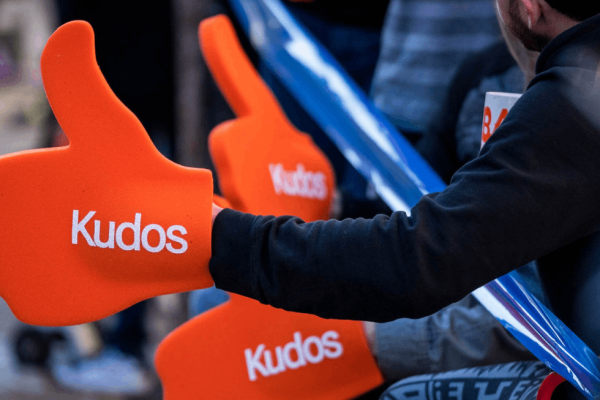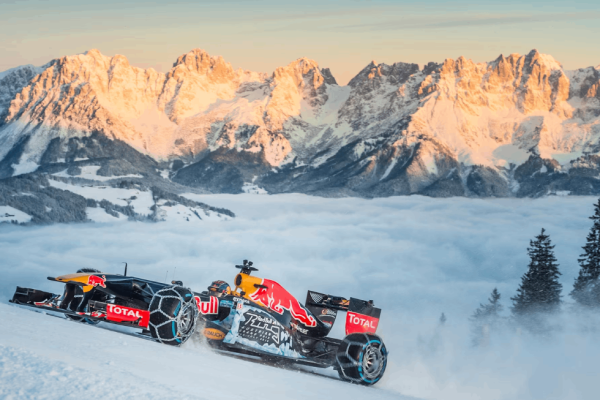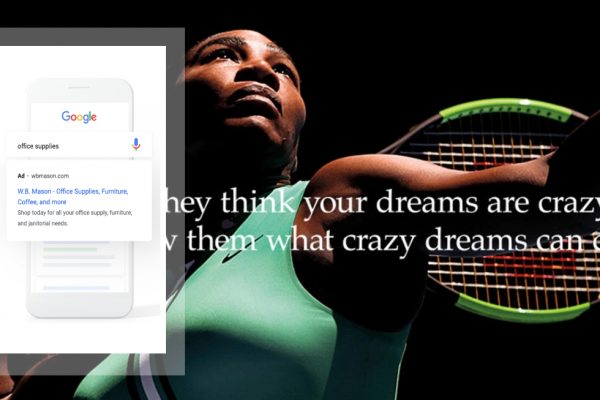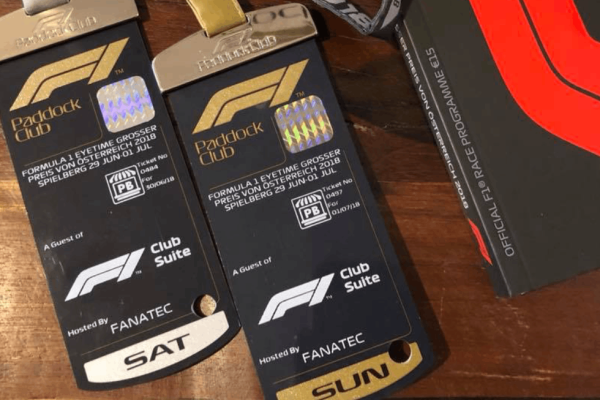This article provides a quick and humble sociological overview of sports communities (or clubs) and the recent growth of this phenomenon, with a particular focus on cycling and running groups—areas I’m closely connected to. Moving into the business perspective, I’ll explain why and how brands can collaborate with these communities, which represent perfectly in-target audiences.
Direct experience with communities.
I come from a cycling and running background. For me, as a cyclist and runner, the word “community” is something I experience almost every day. I’m diving deep into the sports and outdoor industry because it’s my passion. For almost eight years, I’ve been part of a small cycling team in my hometown, racing together every Sunday. I’ve participated in races across the country, including cycling granfondos, trail running races, a marathon in Venice, and more, meeting countless sports enthusiasts along the way. I also played football and futsal and have dabbled in snowboarding, hiking, and climbing over the years. Last but not least, I’ve worked in the sportswear industry for five years. Being so immersed in this environment, I’ve witnessed the rise of communities firsthand. A cyclist I met recently, known as Big T, humorously remarked, “Coffee stops should be a UCI rule.” For him, after a tough training session, socializing and enjoying time with friends was the best part of the day (or maybe he was just hungry and tired). It’s in those moments, sharing a coffee with your riding friends, that the true sense of community shines through.

Communities have existed long before Social Media (and Brands).
Communities have existed long before social media and long before brands got involved. And they’re not limited to sports. Sociology describes the broader concept as “subcultures.” I found this definition on ScienceDirect: “Subcultures are social groups characterized by their oppositional stance to mainstream society, often formed based on shared values, beliefs, and lifestyle choices that differ from the dominant culture.” I believe that the new communities emerging around cycling, running, and other outdoor sports today are also founded on these “shared values, beliefs, and lifestyle choices”.
In 2024, I joined a roundtable discussion on the “Evolution of the Modern Runner” in Riva del Garda during the Outdoor Business Days. The common sentiment among the speakers was that socializing is the primary reason behind the success of running communities. These communities act as social glue, making running a group activity where the enjoyment of running together becomes the heart of the experience. In other words, running has evolved from being a solitary pursuit to a shared lifestyle.
Examples of running and cycling communities.
I have numerous examples of sports communities to share. Let’s highlight a few that are particularly relevant to this article. I’ll be switching between running, cycling, and a few extras. Remember, a key aspect of these communities is that their members are primarily amateur athletes, not professionals.
At the top of my list is Midnight Runners. Their story began in London with a couple of friends going for a late-night run with a small speaker. Fast forward a year, and more than 100 people were gathering weekly. They incorporated exercise stops to keep everyone together and break a sweat. The idea was simple but brilliant: run at night when the city is calm, and people are more likely to join in. Today, they call themselves a Global Running Community, organizing events in 18 cities worldwide with over 10,000 active members. Check them out on their digital channels!
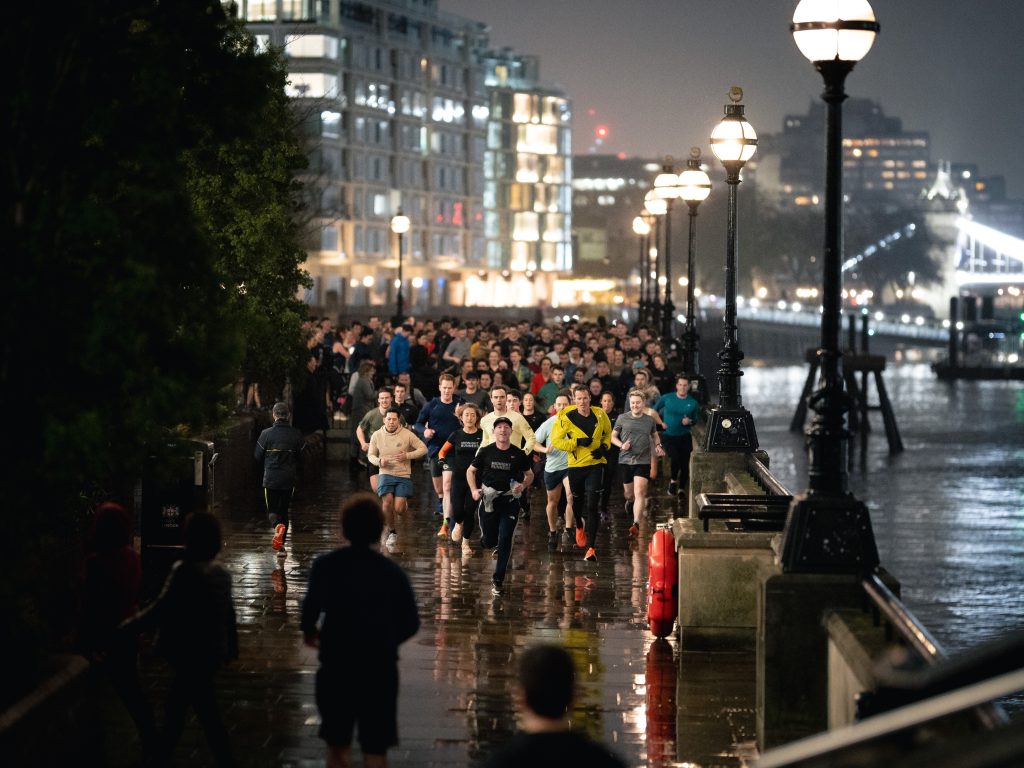
Another compelling example, on a smaller scale, is Enough Cycling from Italy. It’s a gravel team with much more behind it. They describe themselves as “a cycling collective born from a fairly simple idea: a bike is enough to be happy!” They started as a group of gravel riders participating in extreme unsupported races like the Atlas Mountain Race in Morocco. Now, they aim to create connections and bring people together, sharing their passion for riding. They believe “spending time with the community, sharing ideas, and riding together is as important as attending races.”
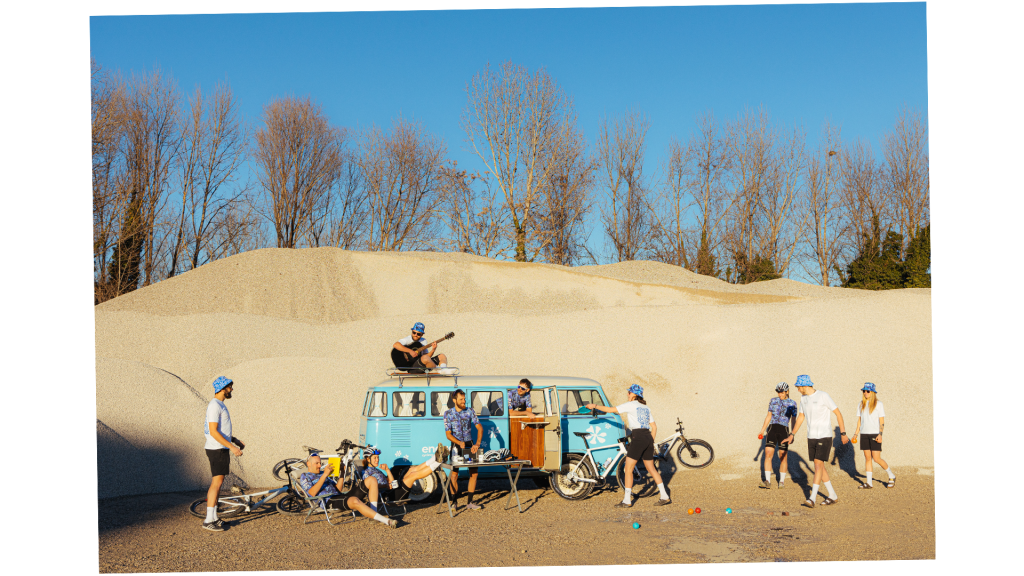
In January 2025, I was on holiday in South Africa, spending a week in Cape Town. A friend introduced me to this running community named “Tuesday Trails” (Instagram profile here). It was incredible how, during a normal Tuesday evening, around 200 fellows enjoyed the sense of community and ran together on three different paths around Newlands Forest (Table Mountain). From the same friend, I discovered Gonzo Runs, another community in Cape Town (with a Club on Strava).
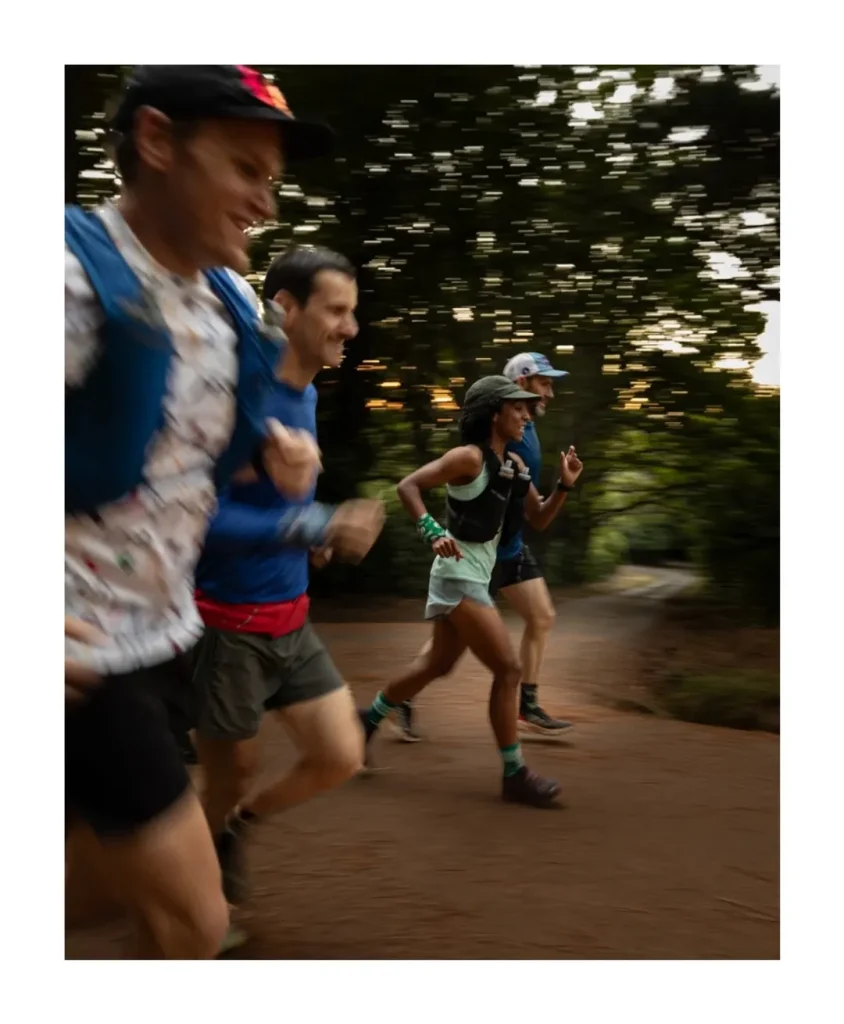
Running communities tend to thrive in big cities, where the sheer size and density make aggregation easier. Run and Bun Club is a good example in Copenhagen (in this case, with a brand in the scene). So if the running clubs started there, there’s no big surprise. However, I’ve also noticed a rise in smaller hubs like provincial towns. In Italy, for example, we have Run Trento (Trento), Ciuk Running (Varese), and Brentana (Bassano del Grappa).
Cycling clubs have a much longer history compared to running communities. Rapha Clubhouses, for example, have been fostering this spirit for years. In Italy, a newer community called the Swatt Club started with a simple group of friends but has since grown into what might be the largest amateur cycling club in the country. They even went beyond that—read the Eurosport story about Asbjorn Hellemose, who found a new dimension with this club and recently, in August 2024, made his way back into a professional cycling team.
But it’s not just about cycling and running. Communities exist in other sports as well, like yoga. The Community Yoga Project in London is an excellent example of how this movement spreads across various disciplines—or Zest Family in Italy, dedicated to skiing and Snowboarding. Local sports communities have become a significant part of almost every sport today. Depending on your industry or target audience, you can explore how these groups have aggregated people around shared values, beliefs, and lifestyle choices.
Why have communities grown so much in recent years?
Several factors have contributed to the surge of sports communities, especially in recent years. During the COVID-19 pandemic, many people took up sports or outdoor activities for the first time. Running, in particular, saw a meteoric rise as a go-to activity. In the post-COVID era, I’ve observed two distinct trends: running has become both a new form of streetwear and the new Friday night out. This trend is particularly evident in places like the United Kingdom and among specific age groups, such as Gen X and Millennials. Craft Sportswear captured this transformation perfectly: “In recent years, running has surged beyond the confines of fitness and personal health, evolving into a full-fledged cultural phenomenon. What was once a solitary pursuit has now become a vibrant community activity, complete with its own language, rituals, and, increasingly, a distinct style.” Their insight also points to the growing influence of running clubs, urban marathons, and social media communities in driving this change.
In addition to this fashion trend, also a general recognition of the importance of fitness and personal health became more visible. The Telegraph (not my cousin) even reported that “Friday night running became more popular than the pub“—a big statement reflecting a cultural shift. And for those who still think pubs rule social life, remember that sports events now often end with a drink too. Before those drinks, though, a good run or ride comes first. And let’s not forget the saying spreading among runners: “Strava is the new Tinder.” According to The Guardian, “Running app Strava has seen user numbers grow 20% in a year, leading it to add a messaging tool for users to keep in touch, alongside documenting their workouts.“
Streetwear, socializing and chats. Is all around communities, isn’t it?
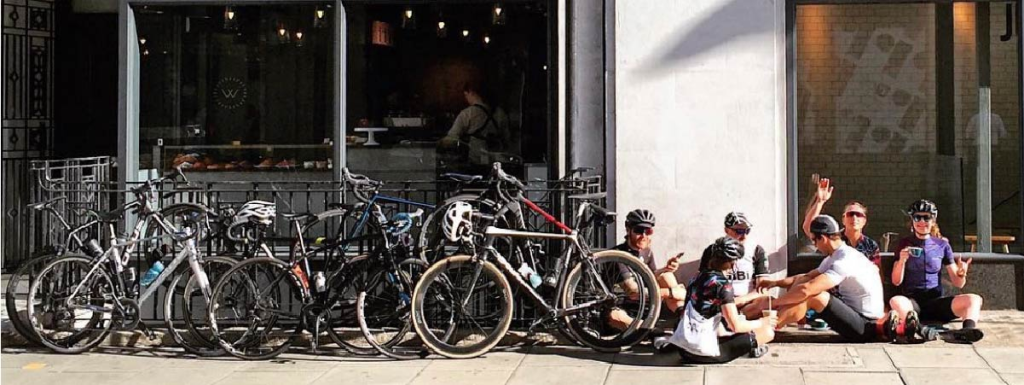
Key elements of a sports community.
Here are some essential elements that form the backbone of sports communities:
- A core group: friends, neighbours, and colleagues. This small group typically forms naturally at the beginning of the community, often consisting of 3-4 individuals. While this initial group may not have a specific name or brand, as it grows, it’s common for them to adopt a name to foster a sense of identity and belonging.
- A hub: a strategic spot in the city—such as stores, coffee shops, a climbing starting point, or brand headquarters—serves as the central meeting place. It’s where people typically start or finish their rides or runs. Usually, these hubs also offer food and drinks, as socializing is at the heart of all these activities.
- A lead: every community often has a leader who organizes events. If not a single person, it’s common for someone from the core group to take on this role. These leaders coordinate events, define routes, create GPX files for sharing, and manage social media profiles (which is somewhat mandatory in 2024).
- A recurring event: these include regular gatherings like the Monday run or Saturday morning coffee. Such events are crucial because they provide a consistent opportunity for friends to come together at a hub for riding or running. This consistency is vital for newcomers who want to join the community, as they’ll know they can always find someone to share sports with on specific days and times.
- Special events throughout the year: these one-time events can range from race participation to book or movie presentations, guest talks, group vacations, special trips, and more. The level of friendship and community bonding during these occasions is often significantly higher than during regular meet-ups.
- Values, beliefs, and lifestyle choices: as mentioned earlier, these shared aspects are essential among group members. Without them, communities tend to struggle in the long term. Riding together at a specific time is not enough; individuals should genuinely enjoy their time on the ride and, most importantly, the company around them. Having something in common to share is fundamental.
How a brand can enter into communities (and why it should).
Let’s shift our perspective from a sociological and cultural analysis to a marketing and branding viewpoint. If you’re a marketer working for an outdoor or sports brand, you may wonder whether and how to enter this space.
Should a Brand enter this space?
My answer is a resounding yes, for several reasons. Firstly, brands are always on the lookout for new customers while also striving to retain existing ones. Entering or supporting local (and global) communities presents a valuable opportunity to achieve both goals. Regardless of the objective, my primary rationale is straightforward: brands are seeking an in-target audience. What could be more on-target than a group of individuals engaging in sports together?
How can a Brand interact with these groups?
The first step is to identify and engage with the leads or leaders of the community—the core group of founders. Explore their needs: perhaps they’re not interested in expanding their numbers but simply require race bibs for their current members. Ask them (or try to understand): what does your community need? How can I support you as a brand? I’ll delve into some ideas in the following sections.
1. Community events sponsorship
Sponsoring a local event or race created by the community is a fantastic opportunity. When viewed as part of the larger Trade Marketing sphere, this practice is common among brands in the industry (sponsoring races or specific retailer events). There are various ways to approach this: budgetary support may not be feasible, as many of these communities are not legally registered organizations. However, offering prizes, free giveaways (through raffles), product samples, and similar incentives are certainly viable options. Providing logistical support or supplies—such as food, drinks, road signs, or banners—can also be beneficial. Even sponsorship of the community athletes while they are riding or running Races could be interesting. For visibility/exposure during these wider events (like Marathons, Granfondo and similar).
2. Product presentation
Presenting a product to an in-target audience can kickstart word-of-mouth marketing. A concrete example is Basso Bikes at the Bassano Club House. In a specific hub, they engaged with the local community to unveil a new product. Check out the post below and the content on Instagram: BCH hosted Basso Bikes for the presentation of the Signature Series Act designed by Mirko Borsche.
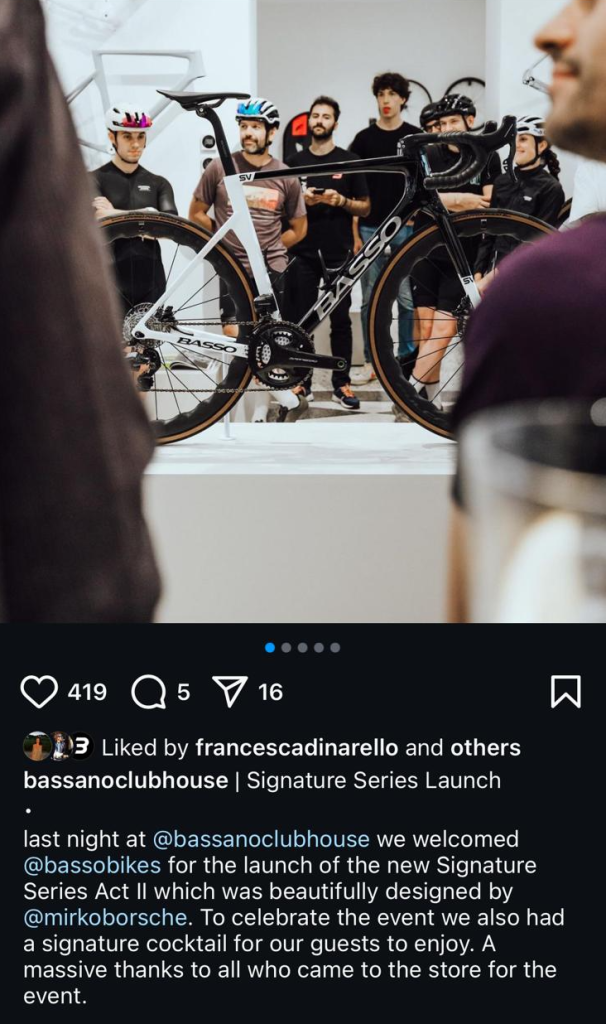
3. Content creation in action
Brands can also engage with communities indirectly. For instance, consider an American-based brand in the running industry that needs local content to launch a new shoe style in Europe. While the first option might be to hire a local agency, even they need people in action—something local communities excel at providing. Depending on the community members’ skills, you can let them film or shoot your content or offer in-house team services during their events or a specific photo shoot. Some of these communities are small media houses, with people capable of creating great content outputs.
4. Discounts and Promo Codes
Another effective way to connect with running and cycling communities is by offering specific discounts or coupons to their leaders for their athletes. This approach can help stimulate sales for the brand while simultaneously distributing products to groups of friends, colleagues, or neighbours.
If you’re interested in exploring more ideas, I recommend checking the “Partnerships” page of Midnight Runners for insights on global brand awareness, content creation, product sampling, bespoke events, employee engagement, and ambassador endorsements. Additionally, the Case Studies page from Strava features real examples of brands engaging with local communities.
5. Social media content creation or sharing
Usually, the main communication channel of these communities is a social network (rather than a website, newsletter or traditional media). Smart collaborations are possible in this scenario: not only engaging with the main community profiles/pages but also with its member’s profiles. If a community have some personalities with decent follower numbers, with not creating a sort of contest or sharing game to engage with them? Like “Share your best moment with the brand”. Again, if they have a strong Social profiles, could be a good source of great content creation. They can help to create ad hoc projects or specific videos, reels and similar.
Building a brand community or club (as the next step).
This step could warrant an entire article on its own, but it’s not the primary focus here. A brand can build its community or club. Once you grasp the dynamics of local sports communities, you can think globally while acting locally. “Think global” means designing a global community around your brand by defining the values and beliefs you wish to communicate. Amplify your events on social media (Instagram, Strava, TikTok), create dedicated brand events with physical retailers, and engage with them during official race events. “Think local” encompasses the strategies described in this article: start engaging with local communities in various ways to enhance your brand’s connection with specific groups.
Actions after reading
If you need advice on local community engagement, please contact me. I’d be happy to help. Email: andreafagandigital@gmail.com.
Side notes, credits, sources
Articles: Pianetamountainbike.it, Midnightrunners.com, Partners.strava.com, Theguardian.com, Craftsportswear.com, Sciencedirect.com.
Images: Instagram.com, Perfectdailygrind.com, midnightrunners.com, bassanoclubhouse.cc.



